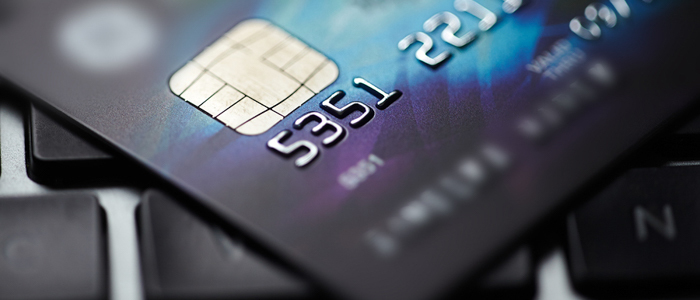Electronic Pay Options: Cost Savings, Speed and Other Benefits

This article was updated on July 10, 2018.
"Go paperless!" "Go green!" It's a mantra for the sustainability movement, but also a good argument for electronic pay options.
What's behind this seemingly sudden wave of corporate beneficence? Cost-cutting? Back office staff reductions? Response to lawsuits by environmental special interest groups? Compliance?
Environmental imperatives notwithstanding, ePay for payroll offers ample benefits for HR. The decision is an easy one for most managers; the only question is when to make the switch from paper to paperless paydays.
Streamlining the Pay Process
There was a time when check-cutting involved a fairly rigid process. While that exact process varied across enterprises, the general sequence was to set up the employee, compute the amount to be paid, print the check, approve, sign and then mail or physically distribute the check to the employee. Then the employer must wait for the check to be deposited.
In a project-oriented, fee-for-service organization, the process can be still more complex. Converting billable and non-billable hours to net pay on a paycheck might require multiple approvals and upstream processing that must be accommodated by HR. Increasingly, those upstream processes are automated, and a manually produced paper check slows otherwise automated processes.
NACHA, which advocates for electronic processing systems, estimates that employers can save as much as $1 per payroll check over paper checks, and up to $2 per check when employees fail to cash paper checks. Electronic payroll systems that leverage direct deposit typically drive down costs by reducing paper and supplies, staff and the cost of human error.
Universal Benefits and Risks
No matter what software is used, ePay to pay employees has ample benefits, including:
- Reduced data entry error rates.
- Improved audit.
- Birdseye view of cash flow.
- Improved Key Performance Indicators (KPI) values for cash flow dashboards.
- Reduced transaction cycle times from time card to payment clearing and reconciliation.
- Better visibility for lenders.
- Predicable cash outflows due to direct deposit
- Recipient is the employee, rather than a potential intermediary, as in the case with manually distributed or mailed paper checks.
Of course, there are also a few risks. Human or processing errors tend to carry a higher risk with ePay. There is also a single point of failure risk during systems or application outages, and a risk of hacking or insider threat to the system.
That said, these infrequent risks are greatly offset by the advantages, and most employees prefer direct deposit.
Payroll: Reducing Steps through ePay
Payroll processing can involve multiple steps, both manual and automated. There are also considerably more regulatory and compliance issues.
Take a construction firm, for example, in which payroll processing workflow might go from project labor budget, to labor category, to employee onboarding project, to labor budget. Automation of project management and time card systems is increasingly common. Electronic pay completes an automated processing cycle begun upstream.
In addition, electronic pay options automate calculation of tax liabilities and insurance premiums for both employer and employee.
For employees without bank accounts, direct deposit may be impossible, but payment cards may be an option. There are various solutions such as reloadable prepaid Visa cards, for example, that give employers an ePay payroll option for unbanked employees making fewer than $2,400 per year.
Additional Opportunities
Even in enterprises already bristling with automation across enterprise resource planning (ERP), accounts payable, payroll and accounts receivable, there may still be areas of focus that deserve attention.
HR process improvements involving ePay can result in several benefits:
- Coordinated currency conversion for global enterprises.
- Support for unified treasury operations.
- Expedited processes for converting time card data to payroll checks.
- Process improvements that improve employee satisfaction.
Speed for Profit
By most estimates, there are still plenty of paper payroll checks being printed. But a shift is certainly underway. In the world of high-speed trading in the futures market, for instance, the idea that transactions could somehow not be electronic is downright heretical. Accounting software — including ERP and cash management apps — without electronic payments is just as unthinkable, even though transactions may not occur at nanosecond speeds. Yet.
Learn more about people and pay. Download the ADP Research Institute® report: The Evolution of Pay



